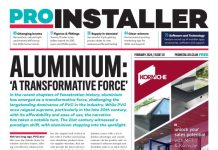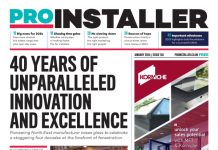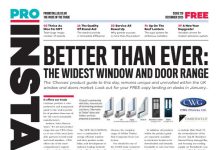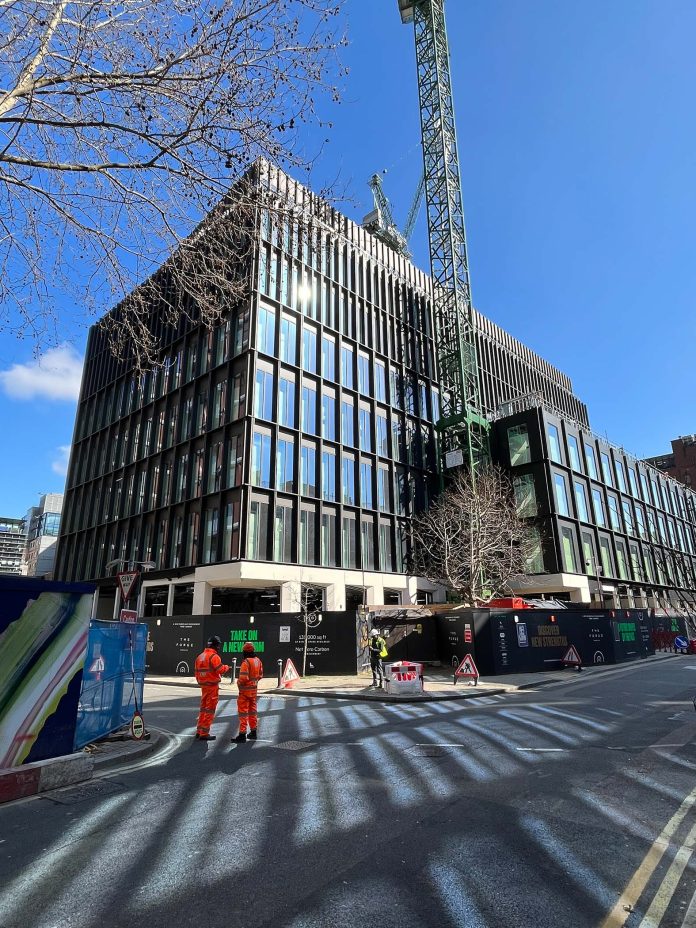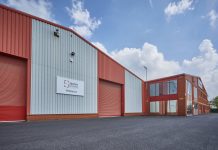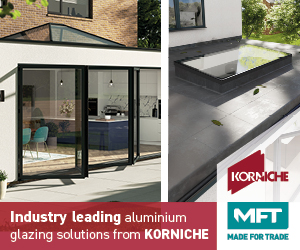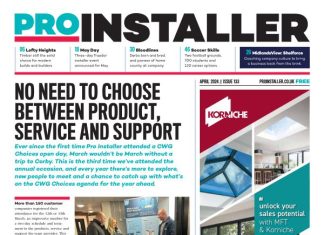By Phil Slinger – CAB CEO
Aluminium has been well known for its ease of recycling ever since its first commercialisation in 1880, but do we always need to recycle by melting and reforming? Some architects are now looking forward and looking at ways that materials can be removed from a building refurbished if necessary and reinstalled into the same building or installed into a new one.
Recycling aluminium has meant the collection of scrap from various sources with a rough sorting into extrusion, sheet and castings and then melting down into ingot form for further manufacturing. The problem with this form of recycling is that it does not take into consideration the many various grades of alloy that are used today for various applications.
Today CAB’s closed loop recycling scheme goes further by recycling the scrap within recognised aluminium grades. By using an XRF analyser (X-ray fluorescence) which is a powerful, nondestructive technique for measuring elemental composition from magnesium (Mg) to uranium (U), these handheld XRF analysers are portable devices that offer immediate composition of an alloy revealing its grade. Incorporating modern techniques that remove unwanted items such as screws and thermal breaks, the resultant, chipped aluminium is ready to be remelted for new product whilst maintaining its original grade.
Whilst recycling can take, what can be deemed as ’scrap’, easily melt it and recycle it within a closed loop, which is possible many times, what if we could reuse the material without melting?
According to the BRE all buildings today should be ‘Designed for Deconstruction’ (DfD). The BRE have developed an outline methodology to assess building designs so that they can be reviewed to show their carbon impact on the environment by achieving higher levels of resource efficiency and, at the same time, embedding circular economy thinking. Key here is the choice of material as some materials are composites that could be difficult to separate on deconstruction.
With today’s technology we can repurpose some, if not all buildings, possibly several times. A good example of whole building refurbishment is the Roundhouse in London, built originally as an engine shed in 1847, then converted to a warehouse in 1871. After falling into disrepair, it was refurbished and opened in 1964 as a concert venue, it then fell into disrepair again and was sympathetically restored, opening again in 2006 as one of London finest small-to-medium sized venues. Today we see existing buildings having their external skins replaced, often with aluminium facades, with these buildings taking on a dramatic change in use with reduced carbon emissions.
Looking specifically at aluminium fenestration, there are some excellent examples of a ‘reuse’ option, perhaps the most cost efficient option, rather than removal, is to refurbish in place.
Aluminium windows were installed in the ‘New University Library’ at Oxford University over 80 years ago, which highlights aluminium’s extraordinarily long service life. The building, designed by Giles Gilbert Scott and built between 1937 and 1939, was a much needed addition at the time to the Bodleian Library whose collections are used by scholars from around the world.
In 2008 when the building was undergoing refurbishment, Toby Kirtley, Estates Projects Officer for the Oxford University Library Services at the time, commented, “We were amazed at the quality of the original windows which have been in the building for almost 70 years. We believe these windows were installed with no anodising or powder coating, which left the surface to naturally oxidise to form a protective finish.”
The Estates Department undertook cleaning twice a year and only serviced any of the windows if a piece of glass broke and needed replacing. The hardware was all original and had been designed with brass bushes for a good life expectancy. The aluminium casement windows and window furniture were supplied in 1938 by James Gibbons Limited of Wolverhampton.
After a detailed inspection the windows were found to have been anodised to between 5 and 10 microns in thickness and it was decided that the original windows would be left in place and chemically cleaned to preserve them for many further decades of use.
The New University Library has an interesting history, it was commandeered by Navy Intelligence shortly after completion and much of the D-Day photography was processed and reviewed in the building. The building also became a repository for all of the work being carried out at the time in WW2 code-breaking. In 1946 the building was eventually handed back to the University and was opened by H.M. King George VI, on October 24th. Giles Gilbert Scott, the architect, is also remembered for his design of the recently refurbished Battersea Power Station and the famous British red K2 telephone box, amongst many other British landmarks.
In 2009 the Empire State Building in New York completed a building wide refurbishment programme of its 6,514 windows. Rather than replace the windows with new, estimated to cost $2,500 each, each window was to be removed and refurbished at a cost of $700. Not only was the aluminium refurbished, but the glass was reused forming triple glazed units. The refurbishment took place within a dedicated centre within the building and was conducted overnight over seven months with any disturbance to tenants.
Up to date and completed in 2023, The Forge in London aspires to be the first commercial building constructed and operated in line with the UKGBC’s net zero definition and energy reduction targets. It comprises two new office buildings and a public courtyard. Located in Sumner Street, The Forge is a Landsec office development located just behind Tate Modern in London and is one of the most innovative construction sites in London, pioneering several new construction methods fit for the decades ahead.
Breaking new ground, the project is the world’s first large-scale office scheme to be built using a standardised “kit of parts”, in an approach known as ‘platform design for manufacture and assembly’ (P-DfMA), which applies the advances made in the manufacturing industry to construction. Finished in a bronze anodised finish the external facade consists of unitised modules which can be removed and reused in the future.
To keep up to date with technology in facades and the use of aluminium used in construction, please contact CAB directly, or why not consider joining the Association and be recognised as being involved in supporting your Industry and helping to shape its future. More information on our website at c-a-b.org.uk




